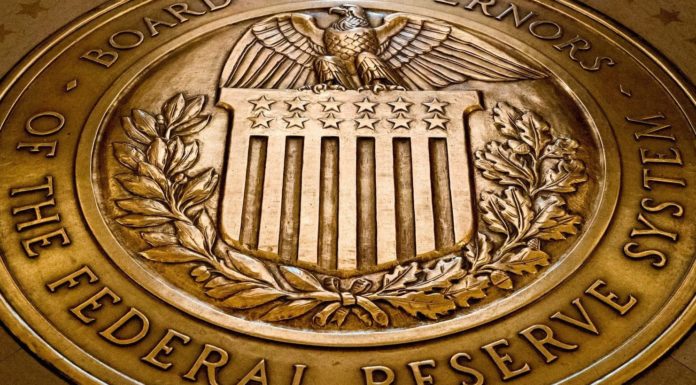(RealClearMarkets) Government-ordered business shutdowns aren’t flattening just the curve. They’re causing a steep drop in tax revenue for state and local governments.
To ensure the flow of credit to these cash-strapped governments, the Federal Reserve has embarked on a previously unthinkable act: creating up to $500 billion in new fiat currency and lending it directly to states, cities, and counties through its Municipal Liquidity Facility.
For now, this staves off default by local governments on existing debt and allows government services to continue uninterrupted. However, this marks a dramatic departure from the Federal Reserve’s traditional role of equipping solvent financial institutions with the liquidity necessary to meet credit demands.
Unusual times often call for unusual measures. But this unprecedented action brings with it very serious risks—ones that are easy to overlook.
To see why, start with an obvious fact: A bailout of municipal governments—whether through grants, purchasing outstanding debt, or direct lending—shifts the fiscal burden away from the municipality to taxpayers nationally. This reality is quite clear if the federal government directly funds the bailout. The public intuitively understands that federal tax revenue is either confiscated from the earnings of citizens or borrowed from our future with interest attached. Legislators openly debate the bailout proposal and must vote to appropriate funds. Ultimately, the transparency allows constituents to hold their representatives accountable.
On the other hand, spending (lending) by the central bank of newly created fiat money is far less politically problematic. Cranking up the printing presses to fund a bailout requires no immediate tax hikes, minimal official federal spending increases, and little legislative involvement. It therefore more easily slips under the political radar.
For instance, Congress facilitated the municipal bailout now underway by simply allocating $35 billion to a Special Purpose Vehicle (“SPV”) to backstop the $500 billion in new fiat currency lent by the Federal Reserve. Ironically, the SPV itself was financed indirectly by the central bank which purchases government debt in exchange for newly created fiat money.
Perhaps most importantly, this program implements the infrastructure for a future massive bailout of poorly managed governments. The day of reckoning for municipal governments was quickly approaching even before the coronavirus slowdown. Large increases in real per capita spending along with underfunded public sector pension plans constitute financial time bombs. Only a combination of higher taxes, pension reform, or diminished essential government services—such as emergency medical responses and functioning mass transit—will defuse the situation unless local politicians can shift these burdens onto the shoulders of unsuspecting citizens elsewhere.
Of course, some concentrated winners would emerge from this larger bailout. Municipal bond investors would continue to enjoy the tax-free income from investments—but now improved thanks to being implicitly guaranteed by the central bank. State and local politicians could curry favor by delaying painful spending cuts or governmental reforms. Public sector unions and employees would applaud a continuation of outsized pay and cushy retirement benefits.
Such a bailout creates severe economic risks. Longer term, these newly created dollars threaten to increase inflation. The $500 billion spent on municipal debt multiplies into trillions of additional dollars as the funds are deposited at lending institutions and loaned to other borrowers. A greater quantity of money chases existing resources operates as a stealth tax by eroding real savings, diminishing real wages, and driving up the cost of living.



